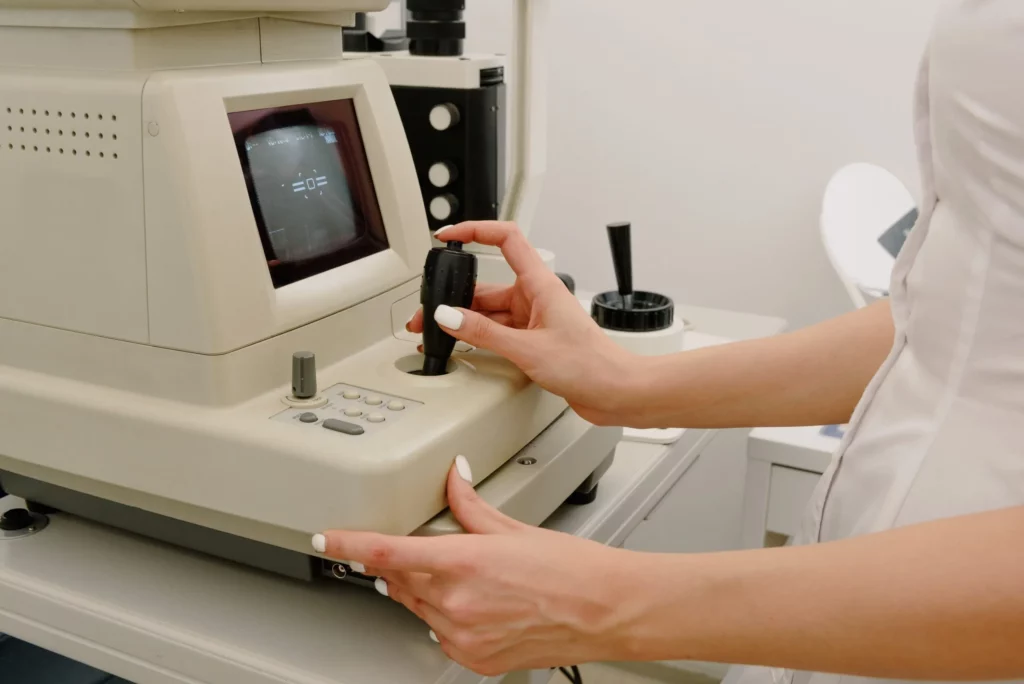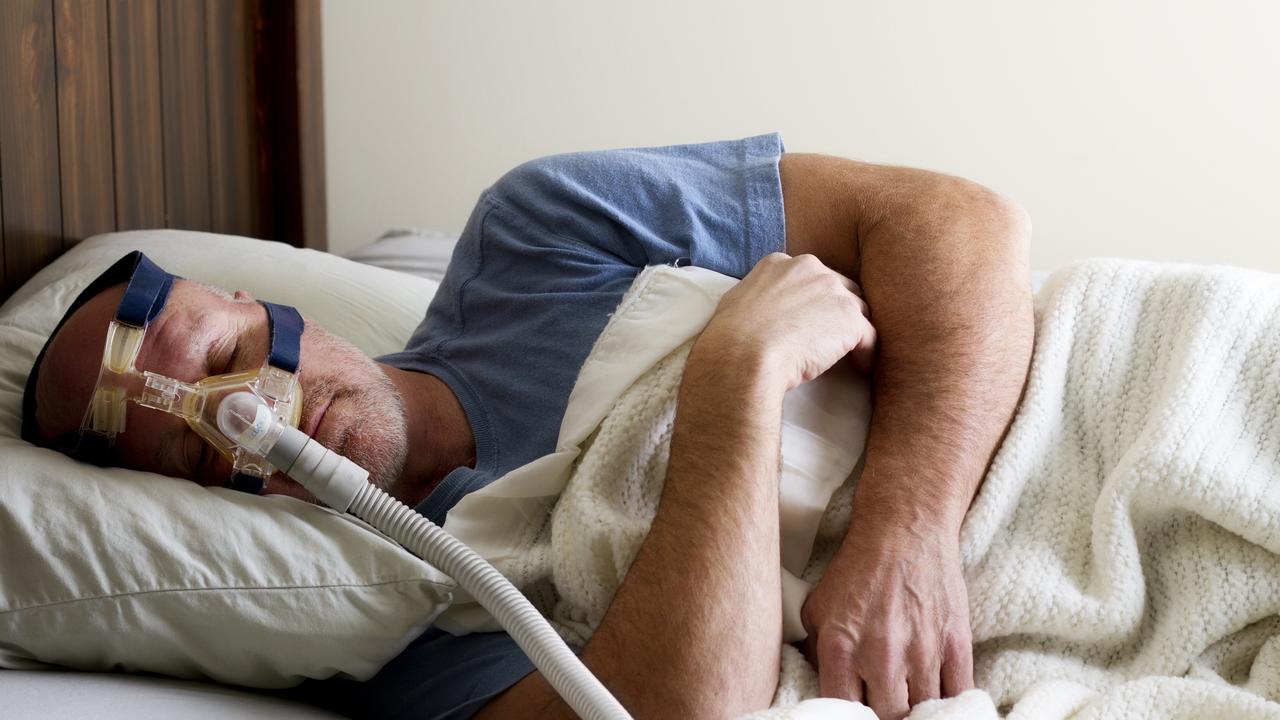Sleep is a fundamental aspect of human health, yet many individuals struggle with sleep disorders that can significantly impact their quality of life. In Hobart, the advent of home sleep studies has transformed the way sleep-related issues are diagnosed and managed. This modern approach offers convenience, comfort, and accuracy, making it an attractive option for those seeking answers to their sleep problems.
Understanding Sleep Disorders
Common Types of Sleep Disorders
Sleep disorders encompass a range of conditions that disrupt normal sleep patterns. The most prevalent include insomnia, sleep apnoea, restless legs syndrome, and narcolepsy. Each of these disorders presents unique challenges and symptoms, often leading to daytime fatigue, mood disturbances, and cognitive impairments.
Home sleep study Hobart are revolutionising the way sleep disorders are diagnosed and managed in Hobart. With their convenience, comfort, and cost-effectiveness, these modern testing methods are making it easier for individuals to seek help for their sleep-related issues. As awareness and education continue to grow, more people will have the opportunity to improve their sleep health and overall well-being.

Insomnia, for instance, is characterised by difficulty falling or staying asleep, while sleep apnoea involves repeated interruptions in breathing during sleep. Understanding these disorders is crucial for effective diagnosis and treatment, which is where home sleep studies come into play. Restless legs syndrome, on the other hand, is marked by an uncontrollable urge to move one’s legs, often accompanied by uncomfortable sensations. This condition can significantly hinder the ability to relax and fall asleep, leading to a vicious cycle of sleep deprivation. Narcolepsy, a less common but equally disruptive disorder, is characterised by excessive daytime sleepiness and sudden sleep attacks, which can occur at any time, often without warning.
The Importance of Accurate Diagnosis
Accurate diagnosis is essential for managing sleep disorders effectively. Traditional sleep studies, or polysomnography, typically require patients to spend the night in a sleep clinic, which can be intimidating and uncomfortable. In contrast, home sleep studies allow individuals to undergo testing in the comfort of their own homes, reducing anxiety and promoting more natural sleep patterns.
Moreover, home sleep studies are particularly beneficial for those who may have difficulty accessing sleep clinics due to geographical or logistical barriers. In Hobart, where access to specialised healthcare can be limited, this modern approach offers a practical solution. The convenience of home testing not only encourages more individuals to seek help for their sleep issues but also allows for a more personalised assessment of their sleep environment. Factors such as noise levels, room temperature, and even mattress quality can be evaluated in a familiar setting, providing clinicians with valuable insights that might be overlooked in a clinical environment. Furthermore, with advancements in technology, these home studies have become increasingly sophisticated, utilising portable devices that monitor various physiological parameters, thus ensuring that patients receive a comprehensive evaluation without the stress of a clinical setting.
The Home Sleep Study Process
Step-by-Step Overview
The process of a home sleep study is straightforward and user-friendly. Initially, patients consult with a healthcare provider who assesses their symptoms and medical history. If a sleep disorder is suspected, the provider will recommend a home sleep study to gather more information.
Once the recommendation is made, patients receive a portable monitoring device that records various physiological parameters during sleep, such as heart rate, oxygen levels, and breathing patterns. The device is easy to use and typically involves minimal setup, allowing individuals to focus on getting a good night’s sleep. Learn more about oxygen at https://pubmed.ncbi.nlm.nih.gov/36162911/
Data Collection and Analysis
During the home sleep study, the device collects data throughout the night. This information is then sent to a sleep specialist for analysis. The specialist reviews the data to identify any abnormalities that may indicate a sleep disorder, such as apnoea events or irregular breathing patterns.
Once the analysis is complete, the sleep specialist will provide a comprehensive report to the patient and their healthcare provider. This report serves as a basis for developing an appropriate treatment plan tailored to the individual’s needs.

Benefits of Home Sleep Studies
Convenience and Comfort
One of the primary advantages of home sleep studies is the convenience they offer. Patients can undergo testing in their own environment, eliminating the stress and discomfort associated with overnight stays in a clinic. This familiar setting often leads to more accurate results, as individuals tend to sleep better in their own beds.
Additionally, home sleep studies are typically more flexible in terms of scheduling. Patients can choose a night that suits them best, making it easier to fit the study into their busy lives.
Cost-Effectiveness
Home sleep studies are generally more cost-effective than traditional sleep studies. The expenses associated with overnight stays in a clinic, including facility fees and additional testing, can quickly add up. In contrast, home sleep studies often come at a fraction of the cost, making them an accessible option for many individuals.
This affordability ensures that more people can seek the help they need without the burden of high medical costs, ultimately leading to better health outcomes for the community. Click here to find more about affordability.
Who Should Consider a Home Sleep Study?
Identifying Candidates
Home sleep studies are suitable for a wide range of individuals experiencing sleep-related issues. Those who frequently suffer from excessive daytime sleepiness, loud snoring, or observed pauses in breathing during sleep should consider undergoing a home sleep study. Additionally, individuals with a history of cardiovascular conditions, obesity, or diabetes may also benefit from this type of testing.
Furthermore, those who have previously undergone traditional sleep studies but found the experience uncomfortable or unproductive may find home sleep studies to be a more appealing alternative.
Consulting a Healthcare Professional
Before proceeding with a home sleep study, it is essential to consult with a healthcare professional. They can provide valuable insights into whether this testing method is appropriate based on individual symptoms and medical history. A thorough evaluation ensures that patients receive the most accurate diagnosis and effective treatment options.
Interpreting the Results
Understanding the Report
Once the home sleep study is complete, patients will receive a detailed report outlining the findings. This report typically includes information on sleep patterns, oxygen saturation levels, and any identified sleep disturbances. Understanding this information is key to making informed decisions about treatment options.
Patients are encouraged to discuss the results with their healthcare provider, who can help interpret the data and recommend appropriate next steps. This collaborative approach ensures that individuals receive tailored care that addresses their specific needs.
Potential Treatment Options
Depending on the results of the home sleep study, various treatment options may be recommended. For individuals diagnosed with sleep apnoea, continuous positive airway pressure (CPAP) therapy is a common treatment. This involves wearing a mask during sleep that delivers a steady stream of air to keep the airway open.
Other treatment options may include lifestyle changes, such as weight loss, positional therapy, or oral appliances designed to keep the airway open. In some cases, cognitive behavioural therapy may be recommended for those struggling with insomnia.
The Future of Sleep Testing in Hobart
Innovations in Sleep Medicine
The field of sleep medicine is continually evolving, with new technologies and methods emerging to enhance the diagnosis and treatment of sleep disorders. Home sleep studies represent just one aspect of this evolution, offering a modern and patient-centric approach to sleep testing.
As awareness of sleep disorders increases, it is likely that more individuals in Hobart will seek out home sleep studies as a viable option for diagnosis. This shift towards more accessible and comfortable testing methods is expected to improve overall health outcomes and quality of life for many.
Raising Awareness and Education
Education plays a crucial role in the successful implementation of home sleep studies. By raising awareness about the importance of sleep health and the availability of home testing options, healthcare providers can empower individuals to take control of their sleep health.
Community initiatives, workshops, and informational resources can help demystify sleep disorders and encourage individuals to seek help when needed. As more people become informed about their sleep health, the stigma surrounding sleep disorders may diminish, leading to increased diagnosis and treatment.
Conclusion
For those struggling with sleep disorders, a home sleep study may be the first step towards reclaiming restful nights and revitalising days. With the right support and treatment, individuals can overcome the challenges of sleep disorders and enjoy a healthier, happier life.
Other resources: Where to Get a Sleep Apnea Test in Hobart

Leave a Reply